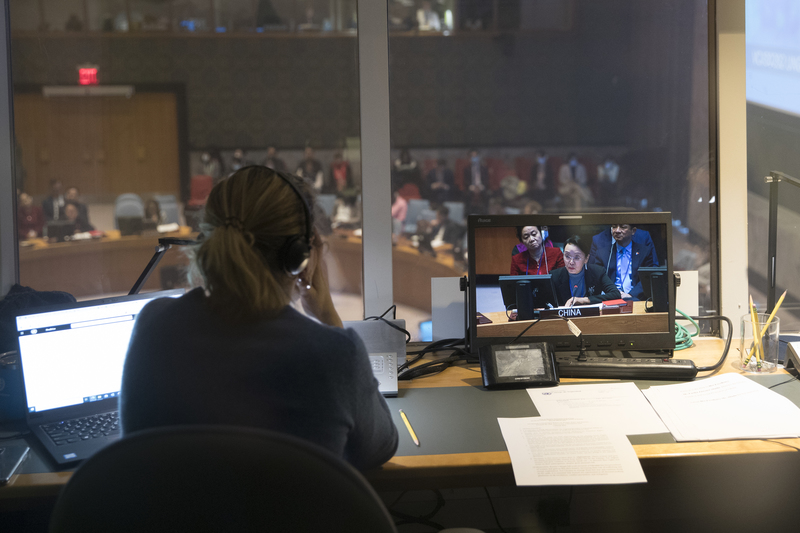In the hyper-competitive world of video games, where titles vie for attention across continents and cultures, simply translating text from one language to another isn't enough. We've all seen games flop in international markets despite stellar reviews back home—often because cultural nuances get lost in the shuffle. To truly captivate global audiences, developers need to go beyond mere words. Enter "creative translation," or "creatranslation" as some industry insiders call it: a sophisticated process that reimagines content to evoke the same emotional punch in a new language. But to appreciate its power, let's first break down the distinctions between translation, localization, and this more inventive approach.
Translation, at its core, is a straightforward linguistic swap—converting words from one language to their closest equivalents in another. It's literal, efficient, and essential for basic comprehension, like turning "hello" into "bonjour." Localization takes this a step further by adapting content to fit local conventions: think changing currency symbols, date formats, or even swapping out region-specific references (e.g., replacing a mention of Thanksgiving with a local harvest festival). While localization ensures the game doesn't feel alien, it still operates within the original framework, tweaking rather than transforming.
Creative translation, however, is where the magic happens. It's not about fidelity to the source text but about recreating the intended emotional resonance. This means rewriting dialogues, jokes, or narratives from scratch if needed, drawing on cultural idioms, humor styles, and storytelling traditions that hit home in the target audience. The goal? To make players feel the thrill, heartbreak, or laughter as intensely as the original crowd did. It's like remixing a hit song for a new genre—same vibe, fresh delivery.
To illustrate the difference, consider a classic pun from an English-language game: "Why don't skeletons fight each other? They don't have the guts." A direct translation into Spanish might come out as "Por qué no pelean los esqueletos entre sí? No tienen las tripas." It's accurate, but it falls flat—Spanish speakers might scratch their heads, as the wordplay on "guts" (meaning both courage and intestines) doesn't carry over seamlessly. The humor evaporates, leaving a bland line that kills the mood.
Now, imagine a creative translation: "Por qué no pelean los esqueletos? Porque no tienen agallas." Here, "agallas" cleverly plays on "gills" (as in fish) while also meaning "guts" or "courage" in Spanish slang. Suddenly, it's punchy and relatable, evoking a chuckle that mirrors the original intent. This isn't just wordplay; it's cultural alchemy, ensuring the joke lands with the same zing. In games, where immersion hinges on every quip and cutscene, such missteps can alienate players, while masterful creatranslations build loyalty.
This principle extends far beyond one-liners into the heart of game design. Take titles, for instance. A literal translation might render "The Legend of Zelda" as something clunky in another language, but creative translators often reinvent it to capture the epic, mythical essence—like "Zelda no Densetsu" in Japanese, which emphasizes legend and mystery in a way that resonates locally. Roles names follow suit: a character called "Spike" in an action game might evoke toughness in English, but in Chinese, a creative twist could become "Jian Feng" (sharp peak), blending visual imagery with cultural connotations of resilience.
Even more critically, key plot dialogues demand this inventive touch. In a narrative-driven title like a RPG, a heartfelt confession of love might use poetic metaphors in English, drawing from Shakespearean influences. A straight translation could sound awkward or overly formal in Arabic, but a creatranslation might weave in references to classic poetry from Rumi or local folklore, stirring the same romantic depth. Games like "The Last of Us" or "Cyberpunk 2077" owe much of their international acclaim to such efforts, where dialogues aren't just dubbed but reauthored to feel authentic, fostering emotional bonds that transcend borders.
So, how do developers harness this? The key is partnering with creative talents who aren't just bilingual but bicultural—writers, poets, and comedians with a deep grasp of both source and target worlds, rather than standard translators focused on accuracy alone. Seek out teams that specialize in game localization, where creatranslation is baked into the process. For example, companies like Artlangs offer professional game localization teams fluent in over 230 languages, blending linguistic expertise with creative flair to ensure your game's soul shines globally. Start by reviewing portfolios for past hits, conducting collaborative workshops to test cultural adaptations, and prioritizing iterative feedback loops with native playtesters.
In the end, while translation gets your game across the finish line, creative translation propels it to stardom. It's an investment in empathy, turning potential barriers into bridges. As the gaming world grows more interconnected, embracing creatranslation isn't just smart—it's essential for crafting experiences that resonate universally.











